Coding For Kids
Inspiring students about computer coding with a unique and exciting approach.
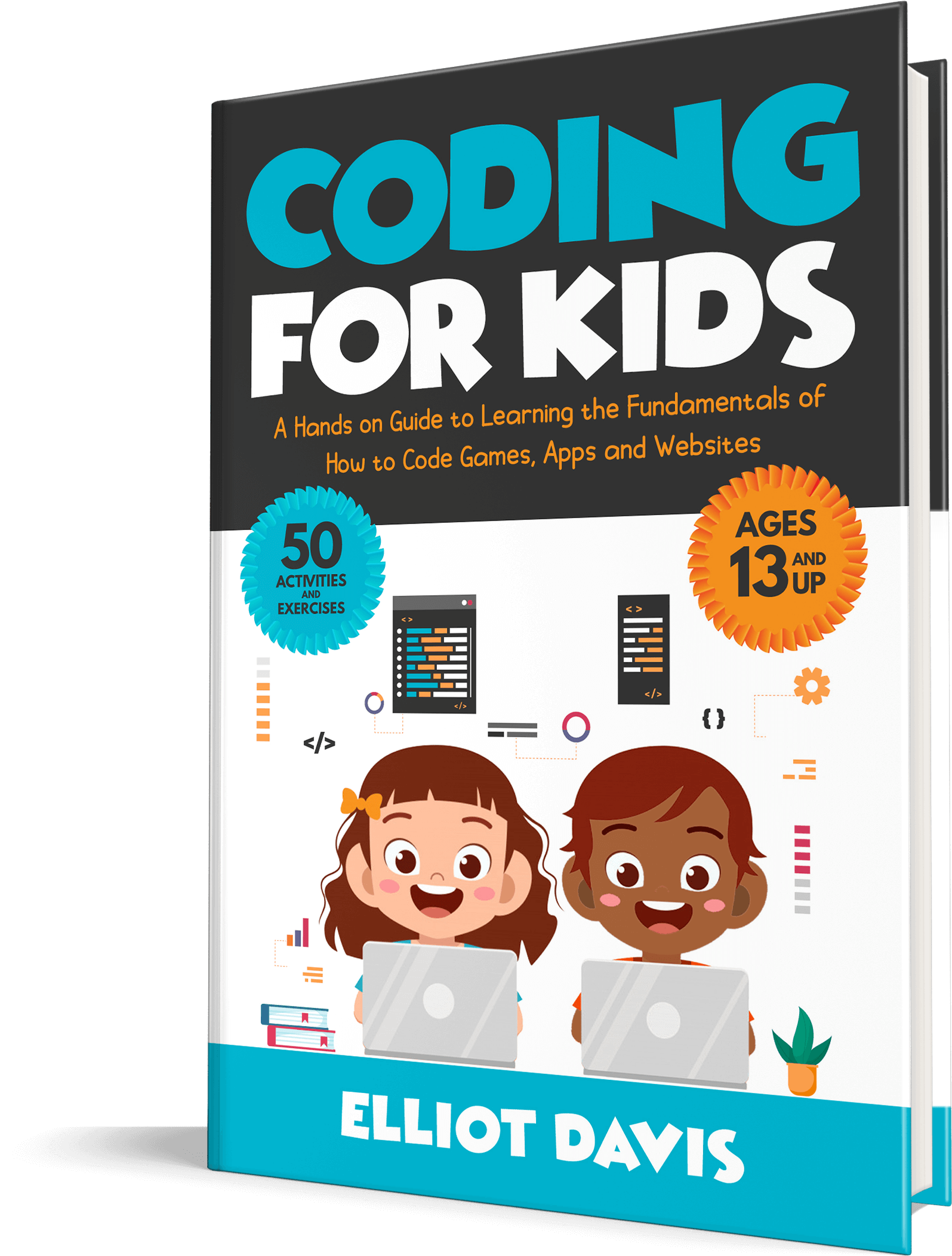
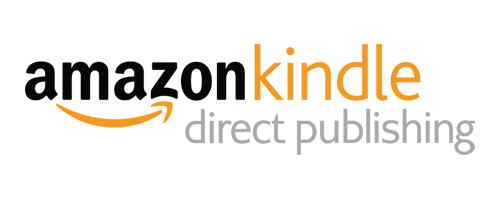

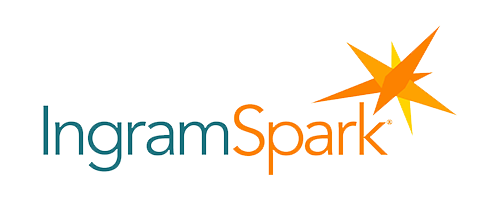
About Code Connecions
Our coding books will help children understand how programming and coding can be learned through practical experience. Code Connections educate children and beginners in computer science, coding, and digital skills via our well-written books.
Our coding books will help children understand how programming and coding can be learnt through practical experience. Code Connections educate children and beginners in computer science, coding, and digital skills via our well-written books.
Coding Languages
HTML
Java
Python
C++
Chapter 1: Fundamentals of Coding
Coding powers the world as we know it, but the majority of people are unaware of its nature. Let alone what it is, the fact is that coding is essential for the majority of modern businesses.
Our digital world is propelled by code. Every website, mobile app, computer program, calculator, and even microwave rely on coding for their function. As a consequence, coders are the digital age’s developers and designers.
In its most basic form, coding is telling a machine what you want it to do by typing in step-by-step instructions for the computer to execute. Computers are not principally intelligent, but they are highly obedient. They will do just what you want them to do if you teach them how to do it properly. Let me tell you a little about how it works:
What is the deal with coding?
A machine can understand only two types of data: off and on. In fact, a computer is nothing more than a series of “off/on” switches i.e. transistors. Anything a computer can do is a one-of-a-kind blend of some switches turned on, and some switches turned off.
These combinations are represented as 0s and 1s in binary code, with each digit representing one switch. Binary code is divided into bytes, which are groups of eight digits that represent eight switches, for example, 11001101. Modern computers produce millions, if not billions of switches, resulting in an unfathomably huge number of potential combinations.
But there is one issue here. To be able to build a computer program by writing billions of 1s and 0s will necessitate superhuman powers, and even if accomplished, it would most likely take you a lifetime or more.
This is why we need programming languages.
We can build computer applications, apps, and websites; thanks to hundreds and hundreds of different programming languages. Instead of binary code e.g. 01010, they allow us to write code that is comparatively simple to read, write, and understand. Every language requires a special program that translates what we add to binary code.
10
Various languages are designed for specific purposes – some are valuable for web creation, others for making desktop applications, still others for solving numerical and scientific problems, and more.
Programming languages are of two types: low-level and high-level.
Low-level languages find more similarities to the binary code (e.g. 01011) that computers understand, whereas high-level languages are much less similar to binary code. Since they are less complicated and built to be simple for us to write, high-level languages are simpler to program in.
Published Books
Happy Readers
We envision living in a world where anyone can use technology to create something meaningful and where everyone has access to the skills, facilities, and opportunities through our books.
New Release
Coding For Beginners
A Step-by-Step Guide to Learning Pyhon Programming with Game and App Development Projects.
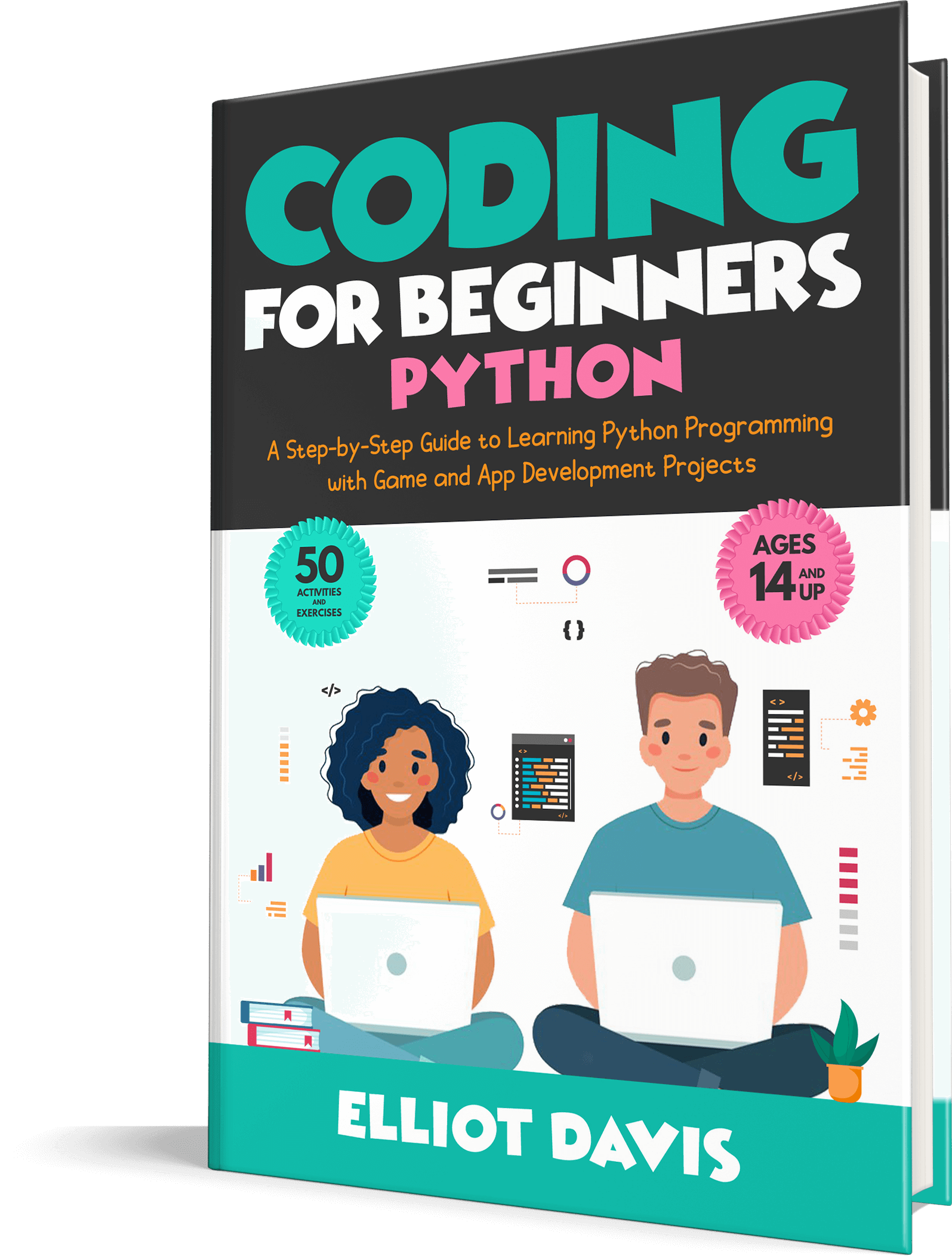
Our Book Shelf
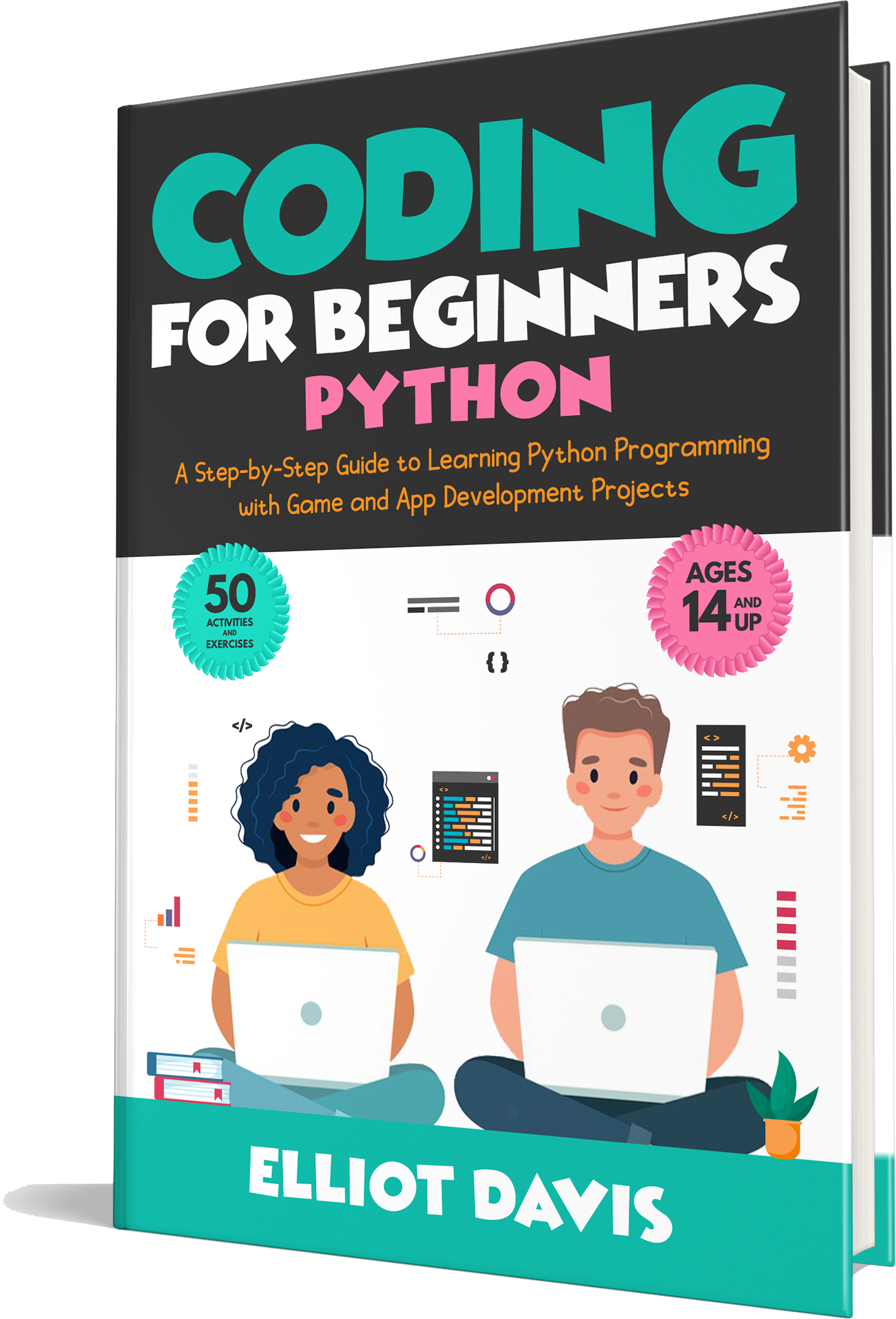
Coding For Beginners



